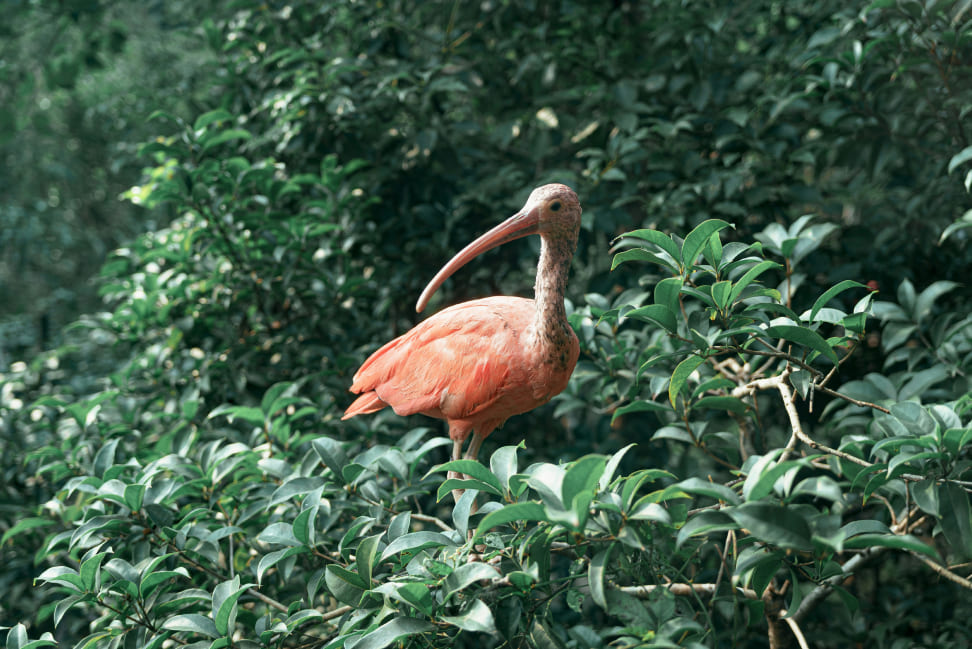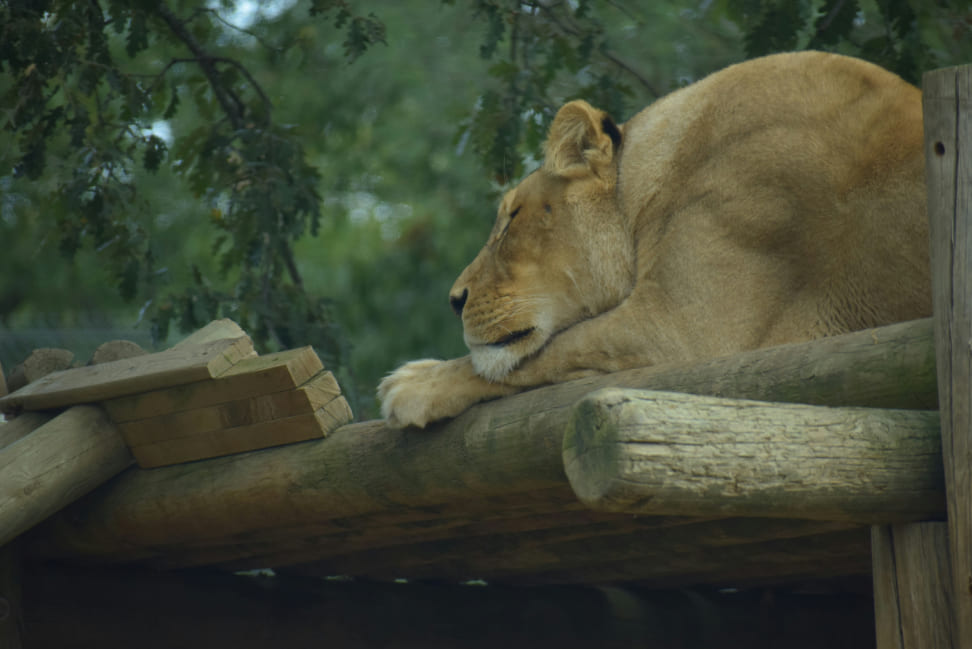
Bactrian Camel
The Bactrian Camel (Camelus bactrianus) is an extraordinary mammal known for its distinctive two humps, which set it apart from the single-humped dromedary. These humps store fat, providing energy and hydration during long periods without food or water. Native to Central Asia, Bactrian camels are masters of survival in some of the most inhospitable terrains on Earth, including deserts and steppes.




